India’s coronavirus surge spreads rapidly beyond New Delhi, Mumbai
Coronavirus cases are now rising fast in some of India’s largest and most populous states.
The COVID-19 outbreak that has overwhelmed hospitals in New Delhi and Mumbai is spreading to states across India, as the world’s fastest-growing COVID-19 surge shows no signs of slowing.
The country hit a new global high for the pandemic on Wednesday reporting more than 360,000 new daily cases. It recorded 3,293 deaths, the highest single-day toll for the country.
New Delhi and Maharashtra, the state that is home to the country’s financial capital of Mumbai, account for about a quarter of India’s three million active cases. But cases are now rising fast elsewhere — in some of India’s largest and most populous states, including Uttar Pradesh, West Bengal, Tamil Nadu, Karnataka and Kerala. Those five states, with a combined population of over 500 million, now account for about 35 per cent of the country’s active cases.
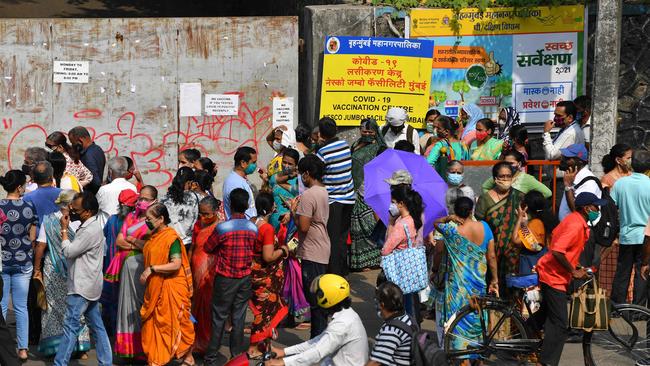
In the southern state of Kerala, the number of new cases being reported has risen to more than 30,000 a day, from around 13,000 two weeks ago. Hospitals there are beginning to see some of the same strains as those in New Delhi and Mumbai.
Since last week, there have been long lines at the KIMS hospital, a private facility in the state capital of Thiruvananthapuram, said Dr A. Rajalakshmi, senior consultant of infectious diseases at the hospital.
“We don’t have infinite resources. We have to say no to patients. We have no option but to send some back,” Dr Rajalakshmi said. “The hospital has already stretched its general wards to treat coronavirus patients, as Covid numbers are expected to rise steeply in the near future.”
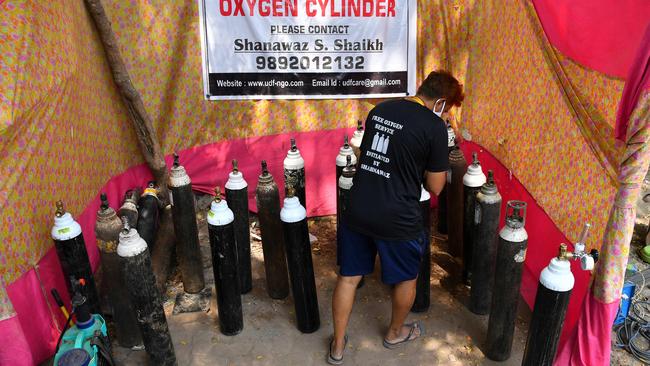
The rapid increase in cases across India has been fuelled by a combination of factors. As cases dropped in recent months, the public and governments got more relaxed about pandemic safety measures such as wearing masks and social distancing. Public gatherings, small and large, resumed. Highly infectious new variants are also potentially playing a role.
The Hindu Kumbh Mela festival drew more than 3.5 million people from across the country to the Himalayan state of Uttarakhand in April, according to state data. On March 31, the day before the festival began, the state reported 293 cases. On Wednesday, the daily number had shot up to more than 6000.
The state government has imposed a week long lockdown. On Tuesday, the first day of the lockdown, most areas of the state were quiet, with markets and shops closed. The city of Haridwar, where Hindu pilgrims had flocked to the banks of the Ganges River earlier this month, was mostly deserted. Even the temples were silent. The sound of an occasional ambulance broke the silence, and the only signs of activity were the lines forming outside of pharmacies.
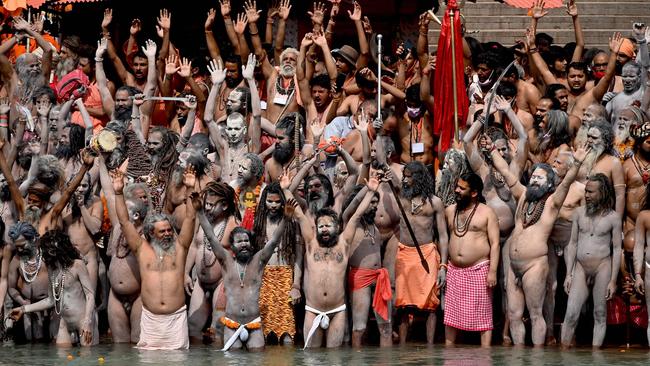
Satyendra Das, an 82-year-old Hindu priest in the city of Ayodhya in the state of Uttar Pradesh, said most of the tens of thousands of holy men who went for ritual bathing in the Ganges were from other Indian states such as Uttar Pradesh, Madhya Pradesh, Rajasthan and Gujarat. He skipped the festival this year because of COVID-19, but he said he knows of at least two holy men in Ayodhya who became infected after attending Kumbh Mela.
In the eastern state of West Bengal, Prime Minister Narendra Modi’s Bharatiya Janata Party held huge rallies in March and April during the state elections. On Wednesday, the state reported more than 17,200 new daily cases, the highest single-day tally in the state so far. On February 26, when the election dates were first announced, the state reported only 216 cases. The state’s previous high came on October 22 of last year, when it reported 4160 new cases.
“These large election rallies along with the Bengali new year celebrations were major contributors to the rapid increase in new COVID cases in West Bengal,” said Baijayanti Baur, doctor and public health specialist based in Kolkata, adding that another major factor was that far fewer people were wearing masks than during the first phase of the pandemic last year.
Dr Baur said the hospitals in West Bengal are already under pressure due to a rapid rise in the number of new COVID-19 cases. “The government had enough time to raise the number of beds, oxygen cylinders. They totally failed to manage it,” she said.

In the state of Kerala, the COVID-19 bed occupancy in most government hospitals in the state has crossed 90 per cent, while oxygen beds are 85 per cent full, said Santhosh Kumar, the deputy medical superintendent at the state-run Thiruvananthapuram Medical College hospital. Dr Kumar, who treated some of the country’s first COVID-19 cases in February of last year, said he isn’t sure what is making the numbers rise so fast in this surge. He suspects new coronavirus variants might be playing a role because the virus appears to be behaving differently.
“There’s still not enough knowledge about the virus,” he said. “We need to be vigilant before drawing conclusions about its behaviour. The virus in the second wave is creating more immune mischief than in the first wave. It has left us with less time to respond and thinner treatment margins.” Dr Baur also said symptoms appear to be different in the latest wave. Younger people are being infected. She is seeing less fever but more of other symptoms like diarrhoea and breathing problems.
Officials in many states are now racing to make sure they have enough hospital beds, oxygen and ventilators.
In the state of Karnataka, both government and private hospitals are already experiencing a shortage of oxygen and ICU beds, according to state authorities and doctors. The state reported more than 39,000 new daily infections on Wednesday, a more than threefold increase in just two weeks.
The state’s health minister, K. Sudhakar, said the state is planning to increase the allotment of beds in government hospitals for COVID-19 patients to 80 per cent, up from 50 per cent. The state government is aiming to set up a makeshift hospital with 2,000 ICU beds in the next two weeks.
In Kerala, a special team of 13,625 medical personnel has been deployed to deal with the crisis. “If the number of patients rises more than what our health system can handle, the situation will turn awful,” Chief Minister Pinarayi Vijayan said.
The Wall Street Journal


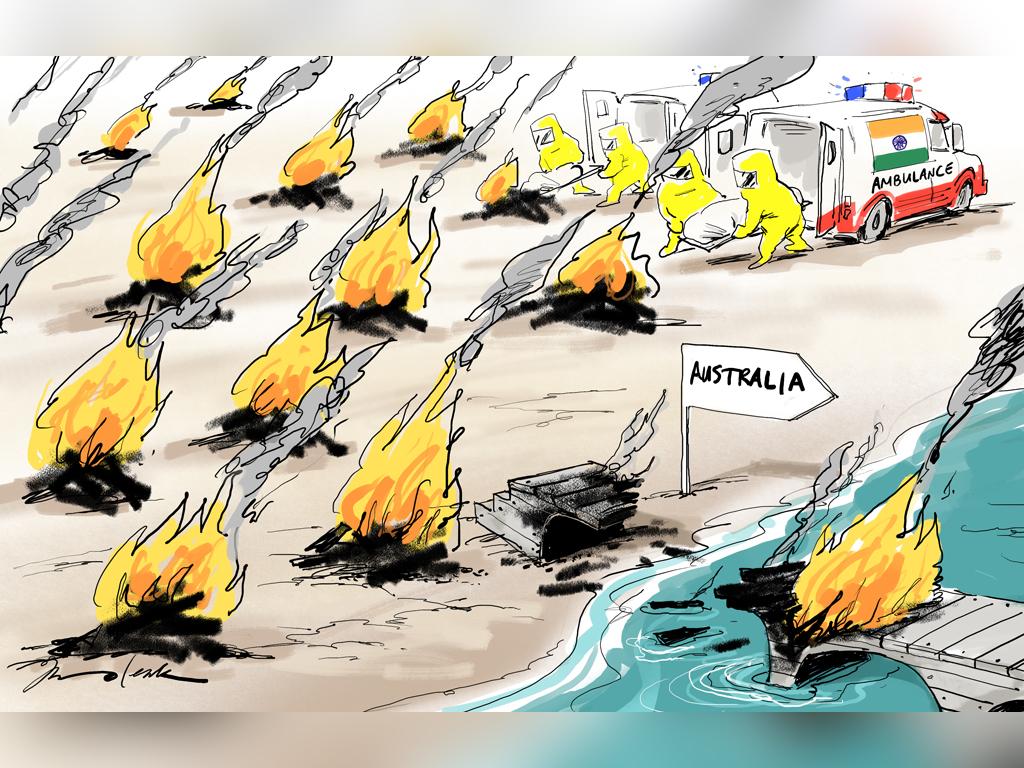
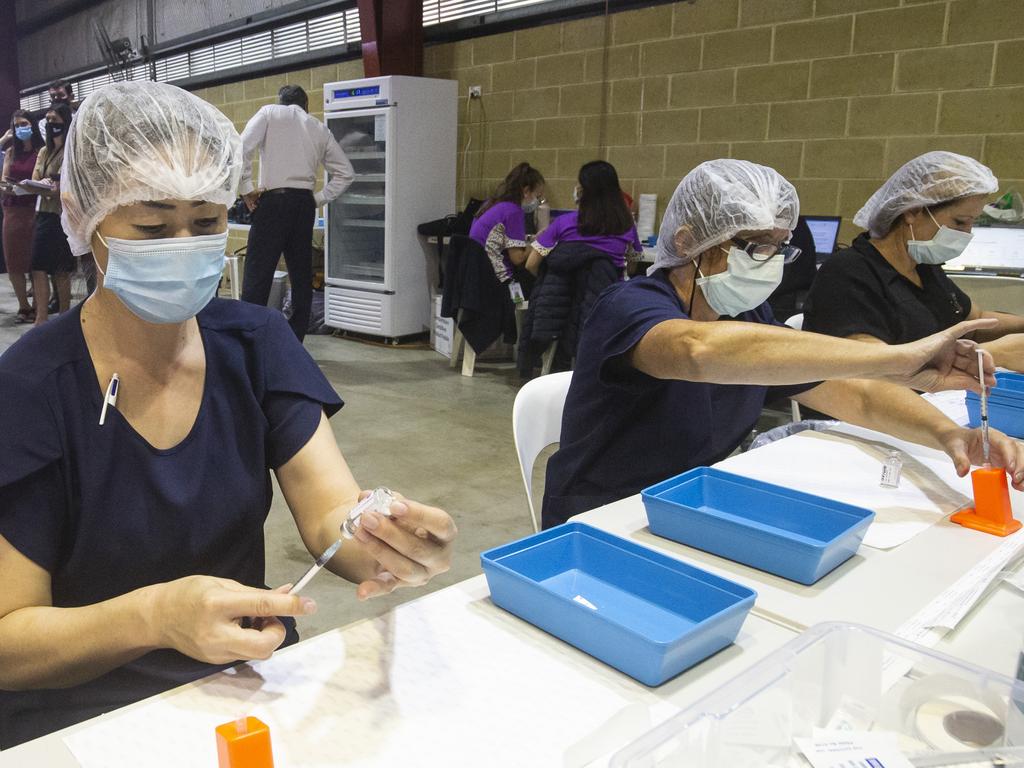
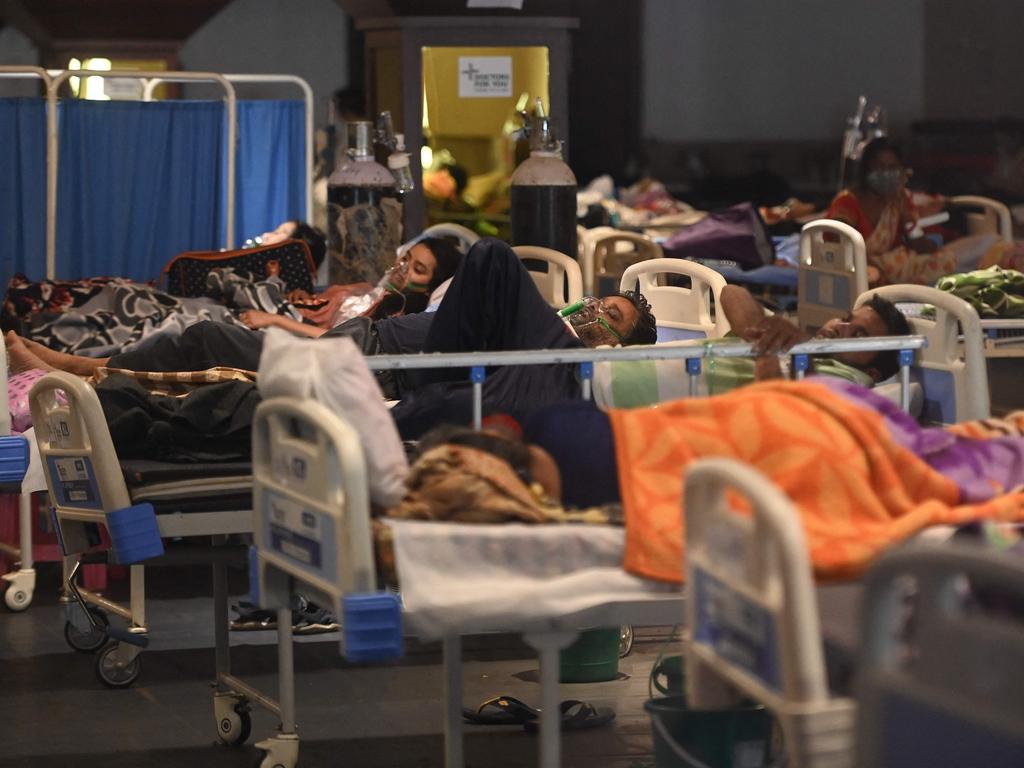


To join the conversation, please log in. Don't have an account? Register
Join the conversation, you are commenting as Logout